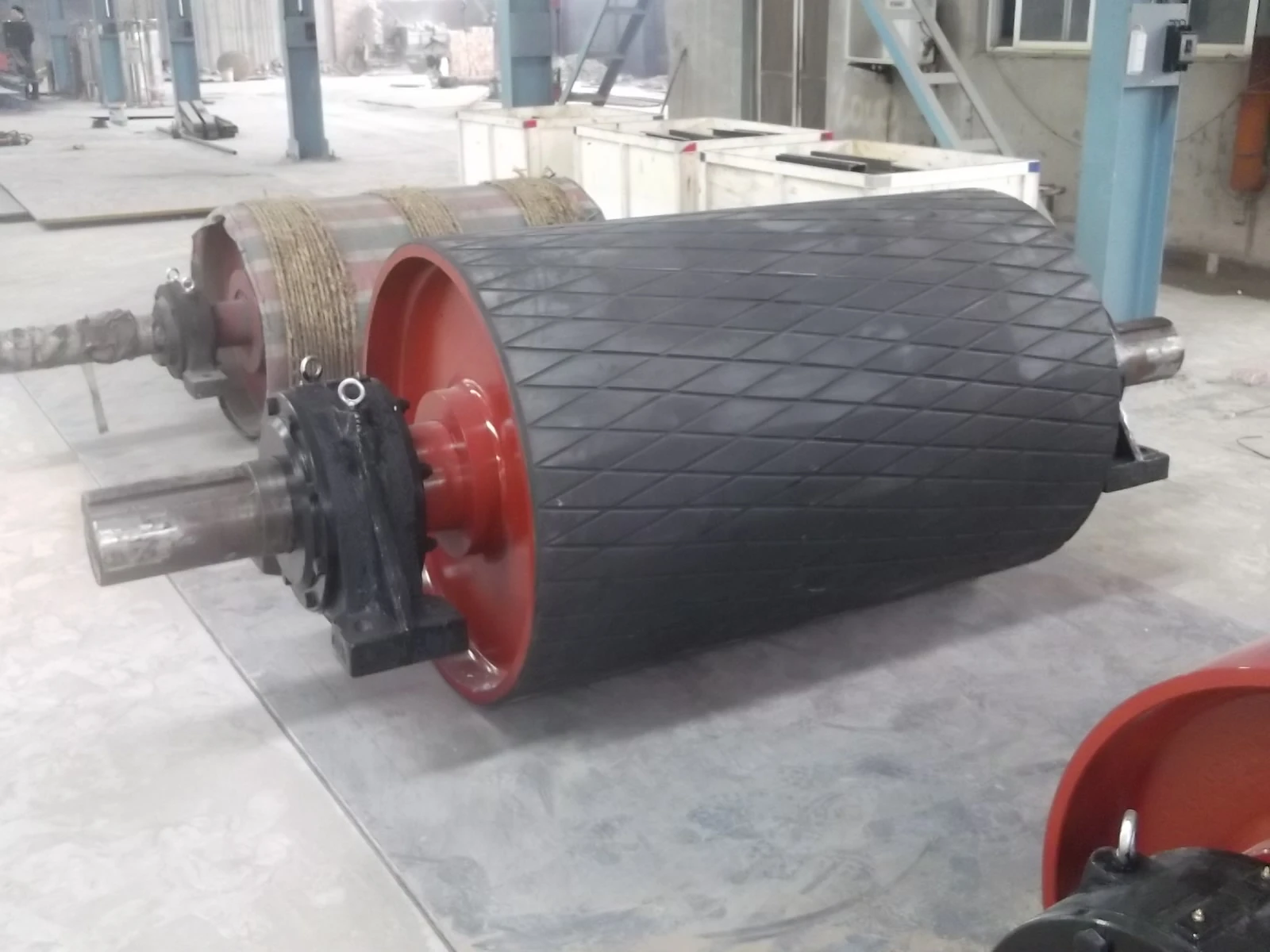 Afrikaans
Afrikaans  Albanian
Albanian  Amharic
Amharic  Arabic
Arabic  Armenian
Armenian  Azerbaijani
Azerbaijani  Basque
Basque  Belarusian
Belarusian  Bengali
Bengali  Bosnian
Bosnian  Bulgarian
Bulgarian  Catalan
Catalan  Cebuano
Cebuano  Corsican
Corsican  Croatian
Croatian  Czech
Czech  Danish
Danish  Dutch
Dutch  English
English  Esperanto
Esperanto  Estonian
Estonian  Finnish
Finnish  French
French  Frisian
Frisian  Galician
Galician  Georgian
Georgian  German
German  Greek
Greek  Gujarati
Gujarati  Haitian Creole
Haitian Creole  hausa
hausa  hawaiian
hawaiian  Hebrew
Hebrew  Hindi
Hindi  Miao
Miao  Hungarian
Hungarian  Icelandic
Icelandic  igbo
igbo  Indonesian
Indonesian  irish
irish  Italian
Italian  Japanese
Japanese  Javanese
Javanese  Kannada
Kannada  kazakh
kazakh  Khmer
Khmer  Rwandese
Rwandese  Korean
Korean  Kurdish
Kurdish  Kyrgyz
Kyrgyz  Lao
Lao  Latin
Latin  Latvian
Latvian  Lithuanian
Lithuanian  Luxembourgish
Luxembourgish  Macedonian
Macedonian  Malgashi
Malgashi  Malay
Malay  Malayalam
Malayalam  Maltese
Maltese  Maori
Maori  Marathi
Marathi  Mongolian
Mongolian  Myanmar
Myanmar  Nepali
Nepali  Norwegian
Norwegian  Norwegian
Norwegian  Occitan
Occitan  Pashto
Pashto  Persian
Persian  Polish
Polish  Portuguese
Portuguese  Punjabi
Punjabi  Romanian
Romanian  Russian
Russian  Samoan
Samoan  Scottish Gaelic
Scottish Gaelic  Serbian
Serbian  Sesotho
Sesotho  Shona
Shona  Sindhi
Sindhi  Sinhala
Sinhala  Slovak
Slovak  Slovenian
Slovenian  Somali
Somali  Spanish
Spanish  Sundanese
Sundanese  Swahili
Swahili  Swedish
Swedish  Tagalog
Tagalog  Tajik
Tajik  Tamil
Tamil  Tatar
Tatar  Telugu
Telugu  Thai
Thai  Turkish
Turkish  Turkmen
Turkmen  Ukrainian
Ukrainian  Urdu
Urdu  Uighur
Uighur  Uzbek
Uzbek  Vietnamese
Vietnamese  Welsh
Welsh  Bantu
Bantu  Yiddish
Yiddish  Yoruba
Yoruba  Zulu
Zulu Optimizing Conveyor Head Drum Performance for Efficient Material Handling Systems
Understanding the Conveyor Head Drum Its Importance and Functionality
In the industrial world, the efficient movement of materials is paramount. From manufacturing plants to warehouses, the transport of goods relies heavily on conveyor systems. At the heart of these systems lies one critical component the conveyor head drum. Understanding its design, function, and importance can help industries optimize their operations and ensure smooth material handling processes.
The conveyor head drum, often referred to as the drive drum or head pulley, is the component at the end of a conveyor belt that serves crucial roles in both movement and support. Its primary function is to drive the conveyor belt, enabling the movement of materials from one point to another. This drum is powered by an electric motor, which provides the necessary torque to initiate movement. As the conveyor belt wraps around the head drum, the friction generated allows the belt to be propelled forward, carrying materials along its path.
One of the key characteristics of a conveyor head drum is its design. Typically, these drums are cylindrical in shape and made from durable materials such as steel or rubber. The surface of the drum may be coated in rubber or have grooves to enhance traction, reducing the risk of slippage. The size and diameter of the drum can vary depending on the specific needs of the application. A larger diameter can provide a greater surface area for the belt to grip, which can be beneficial in high-load scenarios.
conveyor head drum

Beyond driving the belt, the conveyor head drum also plays a vital role in tensioning the conveyor system. Proper tension is essential for the stability and longevity of the conveyor belt. An optimally tensioned belt reduces the risk of wear and malfunction, ultimately leading to increased efficiency and lower maintenance costs. Manufacturers often incorporate mechanisms to adjust the tension, ensuring that the head drum can accommodate various loads and belt types.
Another important aspect of the conveyor head drum is its contribution to the overall safety of the conveyor system. When installed correctly, the head drum helps prevent belt misalignment and keeps materials from spilling or falling off the conveyor. It is crucial for these drums to be well-maintained to prevent hazards associated with operational failures. Regular inspections and maintenance procedures, such as checking for wear and tear, adjusting tension, and ensuring proper alignment, can greatly enhance the safety and longevity of the system.
Industries also benefit from advancements in technology related to conveyor head drums. The integration of smart technologies, such as sensors and monitoring systems, has allowed for real-time tracking of performance metrics. These technologies can provide valuable data on belt speed, tension levels, and wear patterns, enabling operators to make informed decisions regarding maintenance and operations.
In conclusion, the conveyor head drum is an indispensable component of modern material handling systems. Its primary functions—driving the belt, maintaining tension, and enhancing safety—are critical for the optimal performance of conveyor systems. By understanding the importance of this component, industries can enhance their operational efficiency, reduce maintenance costs, and improve overall safety. As technology continues to advance, the functionalities of the conveyor head drum will likely evolve, providing even greater benefits to various sectors dependent on effective material transportation.
-
Revolutionizing Conveyor Reliability with Advanced Rubber Lagging PulleysNewsJul.22,2025
-
Powering Precision and Durability with Expert Manufacturers of Conveyor ComponentsNewsJul.22,2025
-
Optimizing Conveyor Systems with Advanced Conveyor AccessoriesNewsJul.22,2025
-
Maximize Conveyor Efficiency with Quality Conveyor Idler PulleysNewsJul.22,2025
-
Future-Proof Your Conveyor System with High-Performance Polyurethane RollerNewsJul.22,2025
-
Driving Efficiency Forward with Quality Idlers and RollersNewsJul.22,2025





























